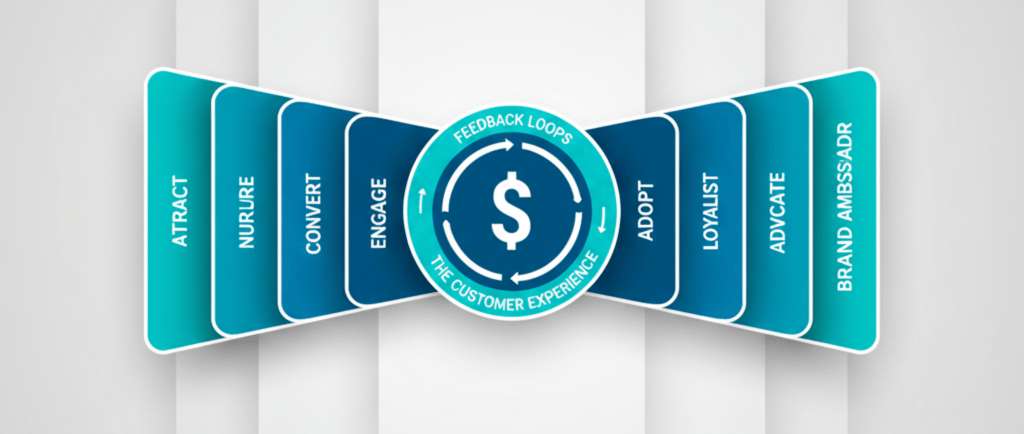Why the Bowtie Sales Enablement Model Matters for Modern Revenue Growth
Why the Bowtie Sales Enablement Model Matters for Modern Revenue Growth
REVENUESALES-ENABLEMENT
9/19/20252 min read


Why the Bowtie Sales Enablement Model Matters for Modern Revenue Growth
In the age of recurring revenue, the classic funnel feels dated—focusing solely on getting customers in the door isn’t enough anymore. Today’s growth leaders know that retention and expansion drive real scale. Enter the bowtie model: a modern framework designed to embrace the full customer lifecycle. Here’s why it’s disrupting traditional sales enablement approaches.
Moving Beyond the Simple Funnel
Unlike the standard funnel that treats the initial sale as a finish line, the bowtie model visualizes the sale as just the halfway point—the starting gun for post-sale success. It organizes the customer journey as a two-sided system:
Left side: Generate demand, nurture prospects, and convert leads into real customers.
Right side: Onboard, deliver ongoing value, foster loyalty, and drive upsell or renewal opportunities.
The “knot” in the middle (the sale itself) marks the transition from acquisition to expansion. Winning here means mastering both sides.
What Makes Content Effective for Bowtie Sales Enablement?
Traditional sales enablement content is acquisition-obsessed, but bowtie enablement content continues to serve after the sale. Effective strategies include:
Annotated customer journey maps that spotlight touchpoints from initial interest through expansion.
Modular content kits: create onboarding guides, product adoption playbooks, and advanced case studies for post-sale engagement.
Retention-driven battlecards and competitive comparison sheets, helping teams reinforce value beyond the first deal.
Creating Content for Each Stage
Modern enablement means giving every team—from sales to customer success—the tools to succeed. Content examples for bowtie stages:
Customer success stories: Showcase wins from first sale to later expansions.
Onboarding videos and advanced feature demos: Help users quickly realize value and uncover new product opportunities.
Objection-handling scripts: Equip teams with frameworks for renewals, upsells, and referrals.
Industry insights: Guide account managers in identifying expansion signals during ongoing engagement.
Turning Bowtie Insights Into Action
A bowtie model works best when it’s a living system—content and feedback should keep evolving. Key steps:
Set feedback loops with customer success and sales to spot expansion-content gaps and new needs.
Organize a centralized content hub, indexed for acquisition and expansion phases.
Track the metrics that matter—conversion rates, onboarding success, retention speed—and use those insights to iterate on enablement resources.
Conclusion: Mastering Growth With the Bowtie Model
Adopting the bowtie model is about redefining revenue success—it’s not just closing a deal, but building relationships that last. By creating enablement content for both acquisition and expansion, businesses can win more, churn less, and unlock compounding revenue growth.
Ready to Master the Bowtie Model ?
Don't let your revenue stop at the sale. RevGaze helps B2B companies implement winning bowtie sales enablement strategies with structured content management, customer journey mapping, and performance analytics for both acquisition and expansion.
See how companies increase customer lifetime value by 40% with our bowtie enablement platform.


